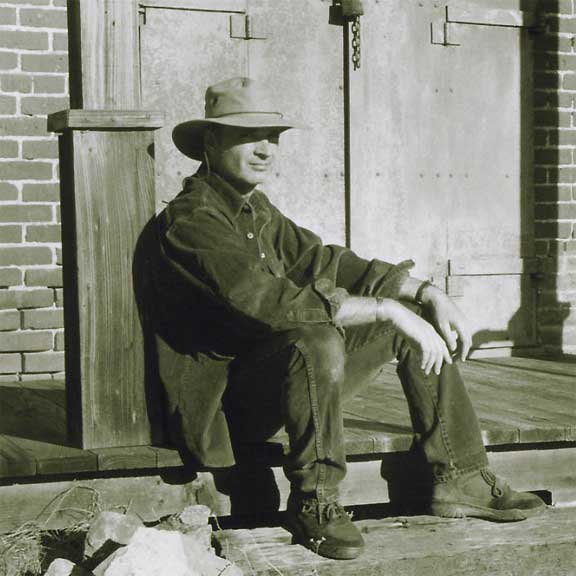We spent a couple weeks last summer in Dalmatia. Dalmatia is the coastal part of Croatia, right across from Italy, North of Greece and Albania, on the part of the Mediterranean Sea that is called the Adriatic.
It's a beautiful place dubbed "the Mediterranean as it used to be." The big town on the coast is Split. My family is from inland, across the mountain range, close to where the Turks were stopped on their northward advance into Europe. Every year, Sinj (pronounced like "Siñ" in Spanish) celebrates that victory with an ancient horse competition called the
Alka. We're hillbillies from just east of there by 5 km, aka 3 miles. It's a land of proud folks used to a hard life.
Play this to hear a sample of some very old style of singing from the area called ganga:
Zlatni Rat in Bol, on the other side but it's overwhelmed by tourists.
Split (Stari Grad) and walked the streets of Diocletian's palace. The huge statue represents Bishop Grgur Ninski, by Ivan Mestrovic. The bishop fought to give the people of Nin the right to use their own language in liturgy instead of Latin. It's a tradition to rub the statue's toe for good luck.
Korcula , (pronounced "Korchula") the birthplace of Marco Polo (aka Marko Polo.) The Italians claim him as their own but it's true the island was part of Venice in those days.
Mljet (pronounced "Mlyett") where according to the legend, Ulysses was kept prisoner for 7 years by the nymph Calypso. In the middle of the island, there's a small one called St. Mary with an ancient Benedictine monastery and a church dating from the 12th century.
The Kite Runner by Khaled Hosseini, and another fun, adventure historical novel, No Quarter by Broos Campbell.


2 comments:
C'est un magnifique blog. Bravo.
j'ai voyagé en le découvrant et en le parcourant.
what a wonderful tour of dalmatian...but where is the nude beach? nerak and evets
Post a Comment